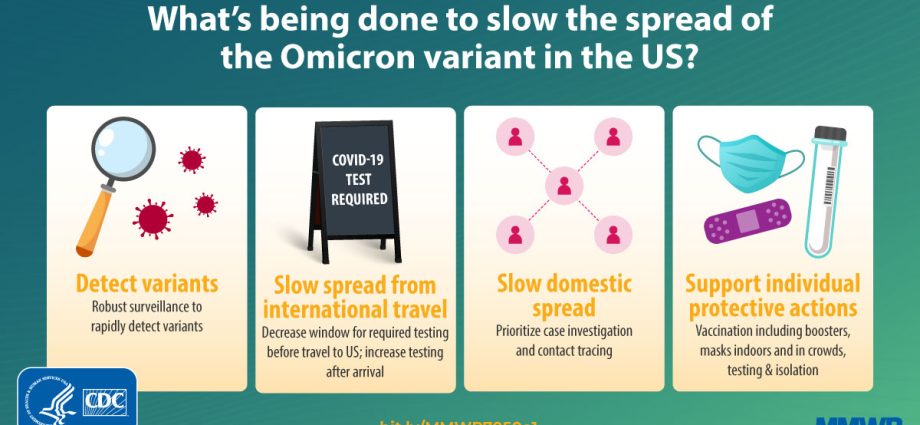Omicron is the dominant variant of the coronavirus today. In many countries, it is responsible for over 90 percent. new infections and made the daily number count in the hundreds of thousands. Its symptoms differ slightly from those considered to be the most common so far. Based on data from the few countries most experienced by Omikron, scientists have compiled a list of the eight most common symptoms of infection at the very beginning of the disease. What’s on the list?
- The omicron causes a milder course of the coronavirus than was the case with Delta
- Many patients say that the infection resembles a mild cold
- Our latest data show that the symptoms of Omikron are mainly runny nose, headache, sore throat and sneezing – says Prof. Tim Spector, creator of the ZOE COVID Study app
- What else do infected with the new variant experience?
- Rumwe ruzivo runogona kuwanikwa pane iyo Onet peji rekutanga
Zviratidzo zveOmicron
The coronavirus wave from the Omikron variant is still very high around the world. On average, there are currently 3,3 million infections worldwide per day. At the beginning of January in the United States, 900 were reported. infections per day, in the UK at that time, the incidence of COVID-19 was at the level of 220.
See also: Giant queues for COVID-19 tests and hospitals. It’s getting worse!
Official data from Great Britain say about 250. cases of infection with Omikron until December 31. The first was on November 27. Based on these data, British experts compiled a list of the main symptoms accompanying the infection caused by the new variant. They emphasize that they are different from the three most common COVID-19 pandemics since the beginning of the pandemic and recognized as official by the National Health Service by the government. These symptoms include persistent cough, fever, and loss of taste and smell.
- Isu tese takatongerwa kutapukirwa neOmicron? WHO inopindura
In the case of Omikron, it is often the case that a sick person does not experience any of them, the most common is to signal a scratchy throat and runny nose and compare the coronavirus to a mild cold.
Based on research from various countries, in particular the USA, UK and South Africa, experts identified eight symptoms of Omicron infection that appear early in the disease. Izvo ndezvi:
- scratchy throat
- kuderedza kurwadziwa shure
- runny nose – runny nose
- headache
- manyaro
- kutsvedza
- usiku sweats
- muviri kurwadza
See also: We have learned the answer why Poles do not want to vaccinate against COVID-19 [POLL]
Omicron symptoms – how long do they last?
Omicron has a shorter incubation period than earlier variants. In the case of the original Wuhan coronavirus, even six days passed from the infection to the onset of symptoms, with Omikron, the symptoms may appear just two days after contact with an infected person.
However, these symptoms can last as long as before, and may last up to 14 days. That is why doctors and virologists constantly call for testing and isolation in case of suspicion of exposure to the virus. For self-performance, we recommend the Quick COVID-19 Check up antigen test.
- Prof. Nyota: vanhu vazhinji vacharwara. Inguva yakareba sei iyo wave yechishanu muPoland ichagara?
People who are mildly experiencing the coronavirus typically feel worse for two weeks. However, some patients may be exposed to the so-called long COVID-19, this also applies to those infected with Omicron, then the symptoms may persist for several months.
One of the most authoritative sources of information about COVID-19 is the British ZOE COVID Study application, which collects information about the symptoms of coronavirus observed among the infected. Based on December data, the app predicted that 1 of those newly infected in the UK would be infected every day. 418 people will experience symptoms for more than 12 weeksi. And as the infection bars continued to rise in January, the number could be even higher.
Iwe unoda kuyedza kusadzivirirwa kwako kuCOVID-19 mushure mekudzivirira? Wakatapukirwa uye unoda kutarisa mazinga ako ekurwisa antibody? Ona iyo COVID-19 yekudzivirira bvunzo pasuru, iyo iwe yauchaita paDiagnostics network mapoinzi.
Uyewo verenga:
- Mitengo mumahofisi echiremba ega
- Rekodhi yehutachiona iri kumashure kwedu. Chii chinotevera? Save rechishanu richagara kwenguva yakareba sei?
- Mavara matema pamepu yePoland. Vanoratidza painyanya kuipa
- Prof. Thrust: kana chikamu chikuru chePoles chichirwara, chinogona kukanganisa hupenyu hwevanhu
Zviri mukati meedTvoiLokony webhusaiti inoitirwa kuvandudza, kwete kutsiva, kusangana pakati peWebhusaiti Mushandisi nachiremba wavo. Iyo webhusaiti yakagadzirirwa ruzivo uye zvinangwa zvekudzidzisa chete. Usati watevera ruzivo rwenyanzvi, kunyanya zano rekurapa, riri paWebhusaiti yedu, unofanirwa kubvunza chiremba. Iyo Administrator haina mhedzisiro inokonzerwa nekushandiswa kweruzivo rwuri paWebhusaiti. Unoda kubvunza chiremba here kana kuti e-prescription? Enda kune halodoctor.pl, kwaunowana rubatsiro rwepamhepo - nekukurumidza, zvakachengeteka uye pasina kusiya imba yako.










